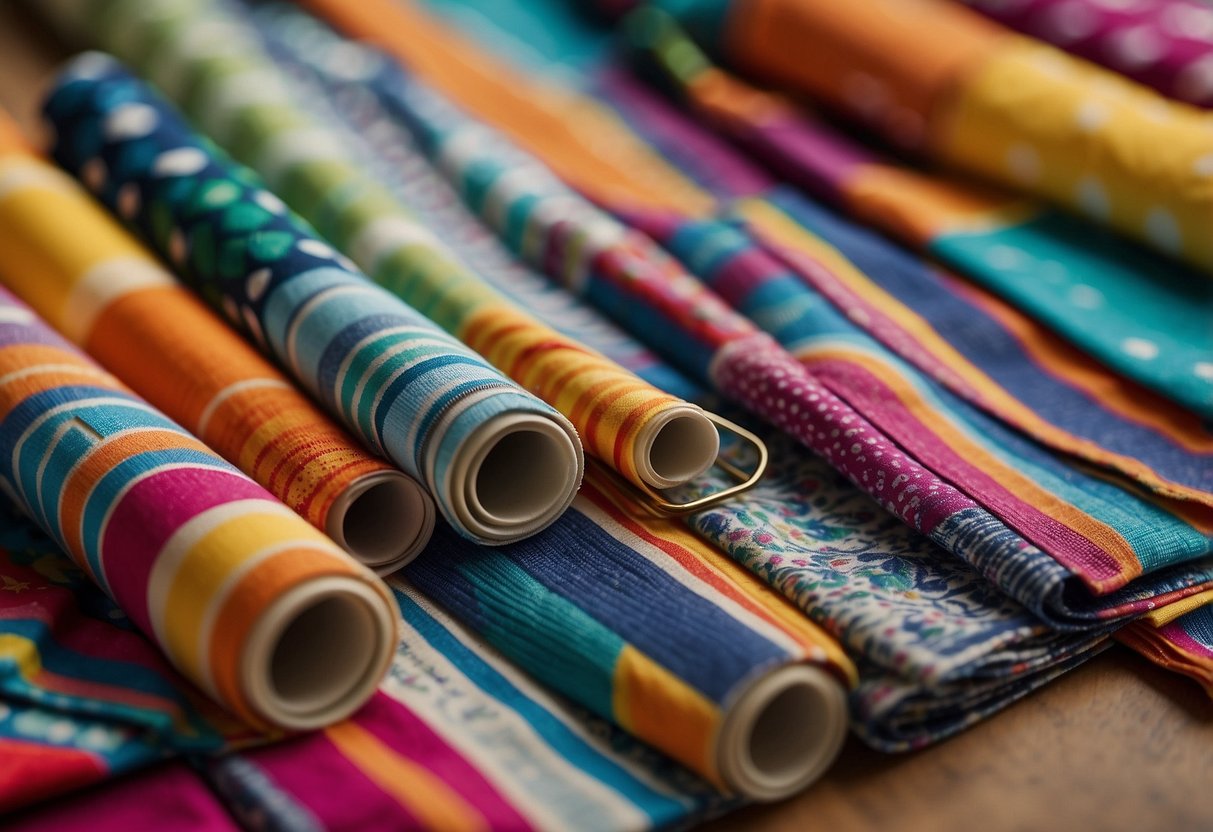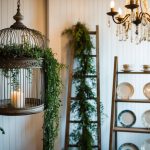How to Mix and Match Patterns Like a Pro: Easy and Stylish Tips
Mixing Patterns in Home Decor
To successfully blend patterns in home decor, focus on balancing them with solid colors and choosing patterns suitable for the room size.
Balancing Patterns With Solids
Incorporating solids with patterns ensures a harmonious look. Solid colors provide a visual break and help avoid overwhelming the eye. If a room has busy wallpaper, opt for solid-colored furniture and accessories. This balance creates a coherent, organized appearance.
Select a dominant pattern and use solid colors that complement it. For example, pairing a floral couch with solid-colored pillows. This approach creates a focal point and prevents visual chaos. Mixing small patterns in smaller doses can add interest without being overpowering. Decorative elements like throw blankets can also help balance out the patterns.
Choosing Patterns for Room Size
The size of the room influences pattern selection. In a small room, large patterns can make the space feel cramped. Opting for smaller, more subtle patterns can create an illusion of more space. Light-colored patterns can also help to open up the area.
In larger rooms, bold patterns can add character and prevent the space from feeling empty. Layering patterns of different scales can work well in spacious areas, using large-scale patterns for more prominent pieces and smaller patterns for accents. This creates depth and interest without overwhelming the space. Remember to keep a cohesive color scheme to tie everything together.
Pattern Mixing in Fashion

Mastering the art of pattern mixing involves understanding how different patterns interact and complement each other, as well as incorporating these patterns into your accessories.
Coordinating Outfit Components
Selecting fashion pieces with various patterns can create visually appealing and cohesive outfits. When pairing patterns, they should have a common color palette to tie them together. For instance, stripes and floral designs can coordinate well if they share similar shades.
Proportions matter to avoid overwhelming the outfit. Small, subtle patterns can act as neutrals, making them easier to pair with bold patterns. Wearing a pinstriped blouse with a large checkered skirt maintains balance. Experimenting with different combinations allows for personalized and stylish results.
Accessorizing With Patterns
Accessories offer an additional avenue for pattern mixing without overwhelming the look. Scarves, shoes, and bags in different patterns can enhance an outfit’s overall aesthetic. A polka dot scarf may complement a striped dress by adding a lively touch while maintaining visual harmony.
Patterned shoes, such as animal print or plaid, can introduce a focal point. Handbags in geometric patterns can break monochromatic outfits with subtle flair. Using accessories to incorporate patterns ensures variety in the wardrobe while remaining coordinated.



